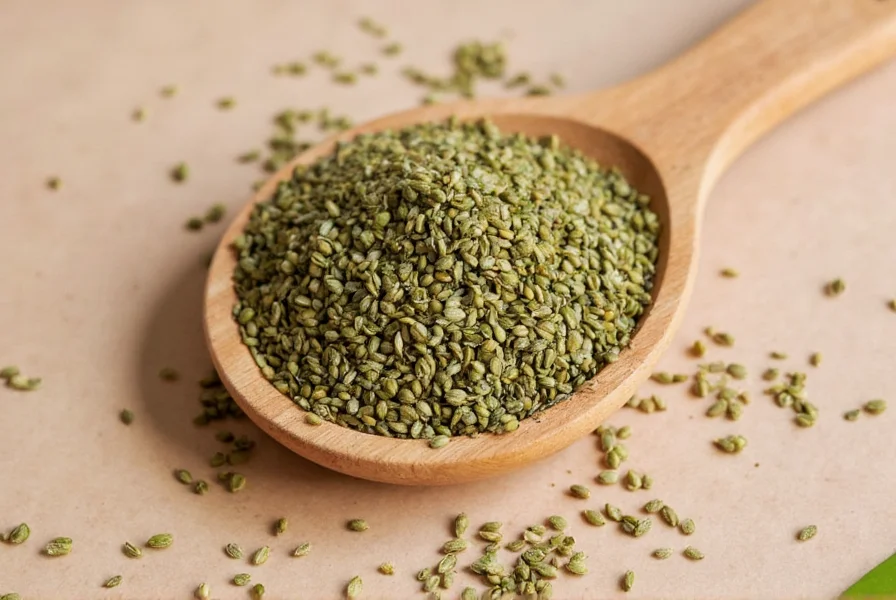10 Irresistible Cuban Seasoning Secrets That’ll Spice Up Your Life Instantly!
If you've ever taken one bite of Cuban ropa vieja or a freshly grilled vaca frita and thought, “How did they get that flavor?”, you’re not alone. The secret lies in the spice! Cuban seasoning is more than just salt and pepper — it’s a symphony of aromatics, herbs, and bold flavors that bring warmth, depth, and authenticity to every dish.
Table of Contents
- What Exactly Is Cuban Seasoning?
- Top 10 Must-Have Cuban Seasoning Ingredients
- Secret Techniques for Using Cuban Seasoning Like a Pro
- Comparing Top Cuban-Style Seasoning Brands
- Buying Guide: How to Choose the Best Cuban Seasoning
- Final Thoughts
What Exactly Is Cuban Seasoning?
Cuban seasoning isn’t a single blend — it’s a philosophy. It’s a mix of pantry staples and cultural influences that combine to create something uniquely rich and layered. At its core, Cuban seasoning usually includes:
- Garlic
- Onion
- Oregano (especially Mexican or Spanish varieties)
- Cumin
- Paprika
- Lime juice or sour orange
- Salt and black pepper
But the real magic comes from how these ingredients are combined and used over time. Cuban cooking often relies on mojo criollo (citrus-garlic sauce), sofrito (the base of many dishes), and long marination times to let those spices really penetrate the meat or vegetables.
Top 10 Must-Have Cuban Seasoning Ingredients
Whether you're grilling skirt steak or roasting yucca, having these key ingredients in your pantry will make your dishes sing with Cuban soul.
- Garlic: Used generously — crushed, minced, or sliced thin.
- White Onion: Adds sharpness and sweetness when sautéed.
- Dried Oregano: Essential for that earthy backbone; try Mexican oregano for more heat.
- Ground Cumin: Brings warmth and depth to meats and beans.
- Paprika: Sweet or smoked — both add color and complexity.
- Bay Leaves: A must-have in stews and slow-cooked dishes.
- Black Pepper: Always fresh-ground for best results.
- Salt: Kosher salt works best for even distribution.
- Vinegar or Citrus Juice: Especially lime or sour orange for brightness.
- Adobo Seasoning (Store-Bought or Homemade): A shortcut to instant flavor.
Secret Techniques for Using Cuban Seasoning Like a Pro
You’ve got the ingredients — now here’s how to use them like a seasoned Cuban chef:
| Technique | Description | Tips |
|---|---|---|
| Marinate Overnight | Cuban flavors develop best when meat rests in citrus and spices overnight. | Use lime juice, garlic, cumin, and olive oil as a basic marinade. |
| Build Layers of Flavor | Start with sofrito, then layer spices gradually. | Sauté garlic first, then onions, then spices — never rush this step. |
| Use Fresh Herbs When Possible | Fresh oregano and culantro can elevate a dish beyond dried versions. | Add towards the end for brightness. |
| Balance Acidity | Citrus cuts through richness and enhances other spices. | Add lime juice after cooking for a punch of freshness. |
Comparing Top Cuban-Style Seasoning Brands
Don’t have time to mix your own blends? These pre-made seasonings bring authentic Cuban flavor to your kitchen with zero hassle.
| Brand | Main Ingredients | Flavor Profile | Best For | Price Range |
|---|---|---|---|---|
| Goya Adobo with Pepper | Salt, garlic powder, oregano, cumin, black pepper | Earthy, peppery, slightly spicy | Quick seasoning of meats and veggies | $ |
| Badia Cubana Style Seasoning | Garlic, onion, paprika, chili, coriander | Smoky, bright, mildly spicy | Grilled chicken, fish, rice dishes | $$ |
| McCormick Gourmet Latin Seasoning | Cumin, paprika, garlic, onion, chili pepper | Rich, complex, balanced | Slow-cooked stews and beans | $$ |
| La Flor Cubana All-Natural Seasoning | Sea salt, organic garlic, onion, oregano | Clean, bold, aromatic | Health-conscious cooks | $$$ |

Buying Guide: How to Choose the Best Cuban Seasoning
With so many options out there, how do you pick the right Cuban seasoning blend for your needs? Here's a quick breakdown:
- Budget-Friendly Pick: Goya Adobo – Affordable, versatile, and widely available.
- For Authentic Taste: La Flor Cubana – Natural ingredients, no preservatives, deep flavor.
- For Quick Meals: Badia Cubana Style – Great for last-minute seasoning of grilled foods.
- For Health-Conscious Eaters: Any organic or low-sodium option with minimal additives.
Pro Tip: If you love experimenting, consider mixing your own blend using equal parts garlic powder, onion powder, paprika, oregano, cumin, and a pinch of chili flakes or ground black pepper.
Final Thoughts
Cuban seasoning is more than just a list of ingredients — it’s a celebration of culture, history, and flavor. Whether you’re making a simple grilled chicken sandwich or a complex pot of congri, the right combination of spices can transform your meal into something unforgettable.
So next time you reach for that bottle of adobo or grind some fresh cumin, remember: you’re not just seasoning food — you’re telling a story, one delicious bite at a time.
Want to take your Cuban spice game even further? Try experimenting with annatto oil, culantro, or even a dash of rum in your marinades. ¡Buen provecho!










 浙公网安备
33010002000092号
浙公网安备
33010002000092号 浙B2-20120091-4
浙B2-20120091-4